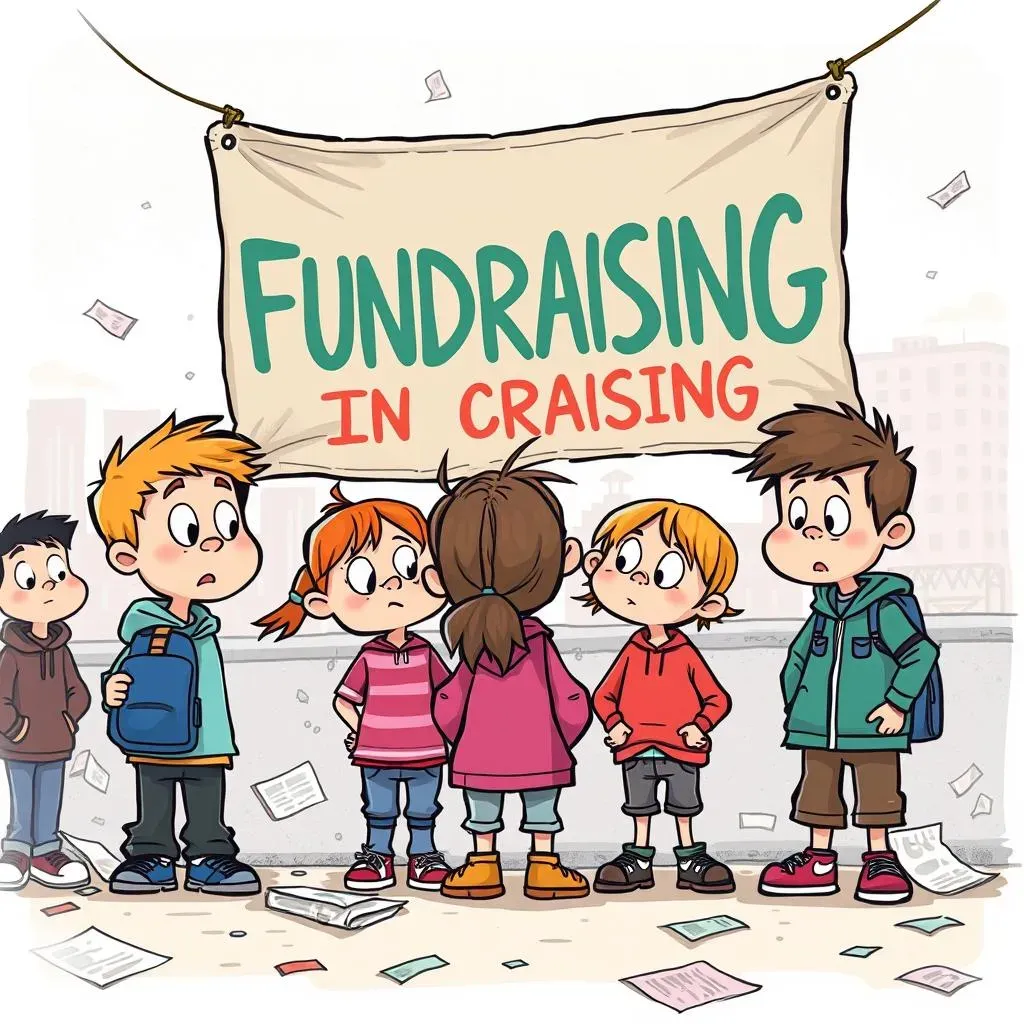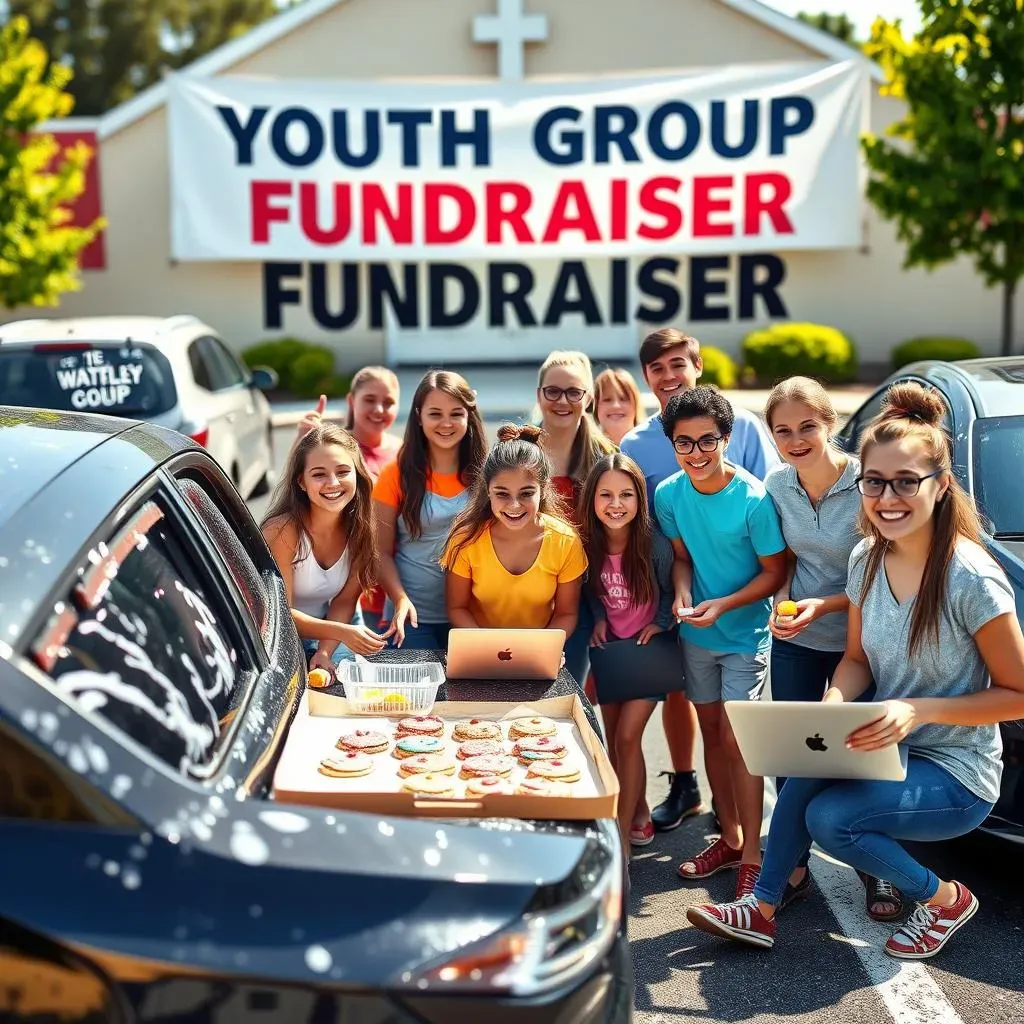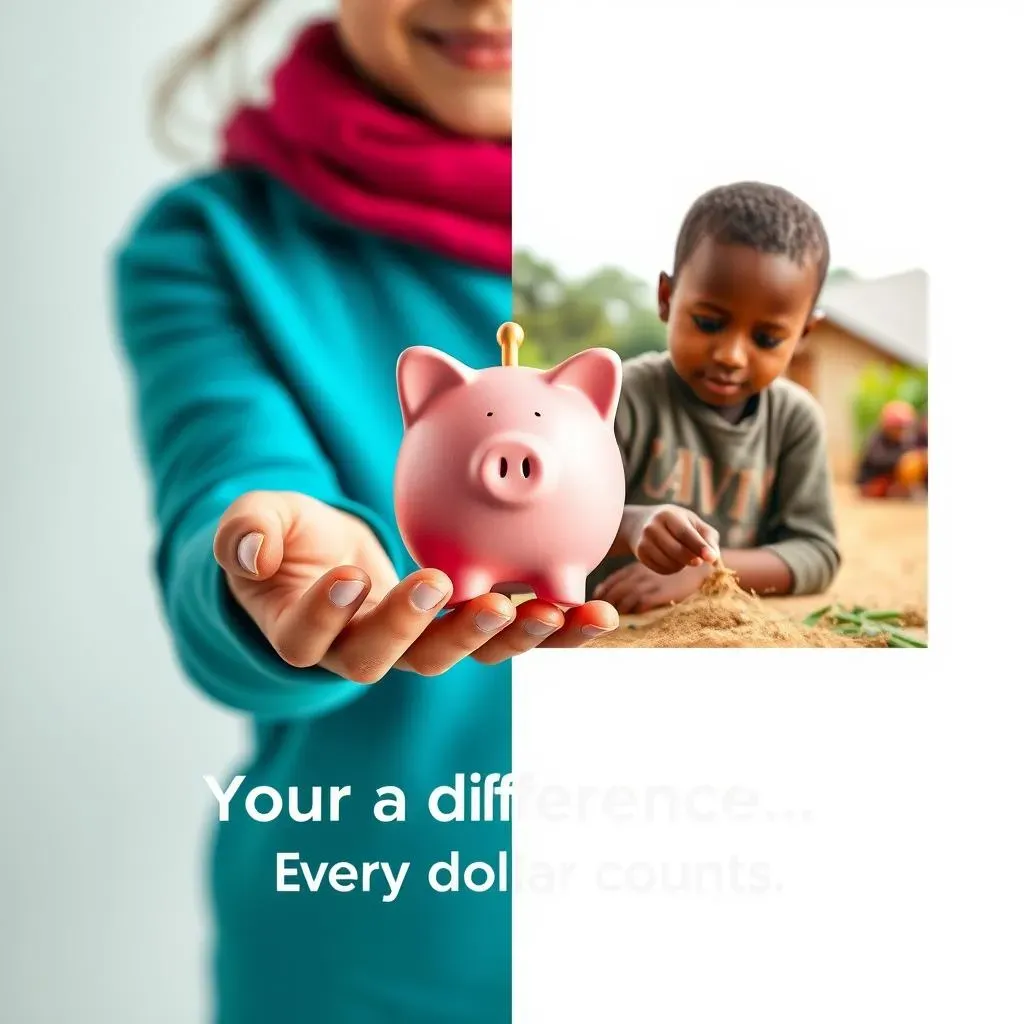Table of Contents
Let's be honest. Running a vibrant church youth group takes resources. And trying to raise those resources often feels like a constant uphill battle, relying on the same tired *ideas for fundraising for church youth groups* that barely move the needle. We've all seen the slightly awkward car washes, the bake sales where you end up buying back half the inventory, the pleas that feel more like begging than ministry. These traditional methods frequently lead to low returns, students who'd rather be anywhere else, and leaders teetering on the edge of burnout.
Why Those Same Old Church Youth Group Fundraisers Aren't Cutting It Anymore

Why Those Same Old Church Youth Group Fundraisers Aren't Cutting It Anymore
Let's talk about those classic youth group fundraising staples – the car wash on a scorching Saturday, the bake sale where everything is priced optimistically, the candy bar drive where kids eat half the inventory. The truth is, for many groups, these *Why Those Same Old Church Youth Group Fundraisers Aren't Cutting It Anymore* isn't just a catchy phrase; it's the harsh reality. These methods often demand huge amounts of effort from leaders and volunteers for a relatively small return. Students frequently view them as chores they're forced into, not opportunities to serve or contribute. Donors, bombarded by requests from every direction, have seen it all before and might feel less compelled to give when the ask feels generic or the impact is unclear.
Building a Smarter Strategy for Fundraising for Church Youth Groups

Building a Smarter Strategy for Fundraising for Church Youth Groups
so we've established that the old standbys often fall flat. Just doing *more* car washes isn't the answer. What we need is a genuine shift in approach, a focus on Building a Smarter Strategy for Fundraising for Church Youth Groups. This isn't about complex corporate jargon; it's about thinking intentionally before you start selling cookie dough. It means figuring out what you're actually raising money *for* – is it camp, a mission trip, new equipment, or just general program costs? Knowing the specific goal makes the ask clearer to potential donors and gives students a concrete purpose. It also involves looking at your students' strengths and interests, your community's demographics, and what kind of activities genuinely excite people. A smart strategy considers the return on investment – not just in dollars, but in time, energy, and student engagement. It's less about hoping people buy something out of obligation and more about creating opportunities for them to invest in something meaningful.
Creative and Practical Ideas for Fundraising for Church Youth Groups

Creative and Practical Ideas for Fundraising for Church Youth Groups
Thinking Beyond the Sunday Bake Sale
Alright, so you're ready to ditch the fundraising methods that feel like pulling teeth. The good news is there are genuinely *Creative and Practical Ideas for Fundraising for Church Youth Groups* out there that don't involve standing outside a grocery store hoping someone buys a lukewarm cookie. This isn't about finding a magic bullet, but about injecting some actual thought and energy into the process. It means considering what assets your youth group actually has – maybe some kids are surprisingly good at manual labor, others are tech-savvy, and some just have boundless energy. Leverage those. Stop thinking purely about selling *stuff* and start thinking about selling *value*, *experiences*, or *service*. It's a mindset shift from transactional to relational, even in fundraising.
Service, Skills, and Experiences: New Angles for Youth Group Fundraising
When you start brainstorming *Creative and Practical Ideas for Fundraising for Church Youth Groups*, consider what skills your students possess or what needs exist in your community. Could they offer yard work services? Pet sitting? Tech support for the less digitally inclined members of the congregation? Maybe they could host a themed dinner night where they cook and serve. These kinds of activities put the students' abilities to use, teach responsibility, and offer tangible value to those who donate. It’s less about hawking a product and more about offering help or entertainment in exchange for a contribution. This approach often feels more authentic and engaging for everyone involved.
- Rent-a-Teen Day: Offer services like yard work, cleaning, or moving help for a set hourly rate or donation.
- Skill Share Workshops: If students have skills (like coding, playing an instrument, or crafting), they can teach a beginner workshop for a fee.
- Themed Dinner Nights: Youth plan, cook, and serve a dinner (e.g., Italian night, Taco Tuesday) for ticket sales.
- "Parents' Night Out" Babysitting: Offer supervised childcare at the church one evening, allowing parents a break for a donation.
- Car Detailing (Not just a wash): Go beyond the basic wash and offer interior cleaning, vacuuming, and waxing for a higher price point.
Putting Your Ideas for Fundraising for Church Youth Groups into Action

Putting Your Ideas for Fundraising for Church Youth Groups into Action
From Brainstorm to Blueprint: Planning Your Fundraiser
you've got some killer *ideas for fundraising for church youth groups* swirling around. That's step one. Step two, the one where things often fall apart, is actually getting it off the ground. This isn't the time for hand-wavy enthusiasm. You need a plan. A real one. Who is doing what? When do they need to do it by? What supplies do you need, and where are they coming from? Someone needs to be in charge of each piece, whether it's securing a location, organizing volunteers, or figuring out the actual cost of materials so you know what your profit margin looks like (yes, even for a church fundraiser, the numbers matter). Don't just announce an idea; map out the steps required to make it happen.
Rallying the Troops and Spreading the Word
Getting your great *ideas for fundraising for church youth groups* from paper to reality hinges on two things: getting the youth on board and telling people about it. Your students aren't just free labor; they're the face of this effort. Talk to them about *why* you chose this specific fundraiser and what the money will accomplish. Give them ownership. Let them help plan, delegate tasks based on their strengths, and make them feel like it's *their* project, not just another adult directive. Then, you have to market it. Use social media, the church bulletin, announcements, personal invites. Make it clear what the event is, when and where it is, and exactly how people can participate or donate. Don't assume people will just know.
- Clearly define roles for students and adult volunteers.
- Create a simple timeline with deadlines for key tasks.
- Develop a clear communication plan: Who are you reaching? How? What's the message?
- Use visuals! Posters, social media graphics, short videos explaining the fundraiser.
- Practice the "ask" with your students so they feel comfortable talking about the goal.
Execution Day and Beyond: Learning from What Happened
The day of the fundraiser arrives. Despite the best planning, something will likely go slightly sideways. That's okay. Roll with it. The key is to execute the plan as smoothly as possible, ensuring everyone involved knows their role and feels supported. Be present, be helpful, and let the youth lead where they can. But the work isn't over when the last car is washed or the last plate is served. You need to follow up. Thank everyone who participated or donated. Show them the results – how much was raised and, more importantly, how that money is going to be used. Then, and this is crucial for future *ideas for fundraising for church youth groups*, debrief. What worked well? What was a disaster? What could be done differently next time? Honestly evaluating the effort helps refine your strategy for the next go-round.
Making Every Dollar Count: Connecting Fundraising to Purpose

Making Every Dollar Count: Connecting Fundraising to Purpose
Why Donors Need to Know Exactly Where Their Money Goes
let's talk turkey. People aren't just throwing cash at your youth group because they love bake sale brownies (they probably don't, sorry). They give because they believe in what you're doing, or they *want* to believe in it. This is where Making Every Dollar Count: Connecting Fundraising to Purpose becomes less of a nice-to-have and more of a non-negotiable. If you're raising money for a mission trip to build houses, show them pictures of the dilapidated homes or the community you'll serve. If it's for camp, share stories about how camp changes lives. A vague "for youth group stuff" doesn't inspire anyone. Donors want to feel like they're investing in transformation, not just padding an account. When they see a direct link between their contribution and a tangible outcome, they're not just more likely to give, they're more likely to give *again*.
Showing, Not Just Telling, the Impact of Their Investment
So, you've got your purpose defined. Now, how do you actually make people *feel* that connection? It's not enough to just say "money for camp." You need to paint a picture. Share testimonials from students whose lives were impacted by past camps. Show photos from previous mission trips. Create a short video explaining the need for new equipment and how it will directly benefit the students. This isn't about emotional manipulation; it's about transparency and demonstrating value. When you show donors the specific impact their money will have, you turn a simple transaction into a partnership in ministry. It elevates the entire fundraising effort from a simple ask to an invitation to participate in something significant.
Think about it this way:
- Which sounds more compelling? "Help us send kids to camp." OR "Your $30 donation covers one student's meals for a day at camp, giving them energy for faith-building activities."
- Which feels more impactful? "Donate to our mission trip." OR "Your $100 helps purchase building supplies to repair a roof for a family in need on our upcoming trip."
- Which is clearer? "We need money for youth group." OR "Funds raised will provide new curriculum materials, allowing us to offer deeper Bible studies."
Beyond the Bake Sale: Fueling Your Youth Group's Mission
So, there you have it. Stepping away from the same old *ideas for fundraising for church youth groups* isn't just about chasing bigger numbers; it's about breathing life back into the effort, engaging your students authentically, and showing your community the real impact of their support. When you pick a fundraiser that makes sense for your group, aligns with your goals, and clearly communicates the 'why' behind the ask, people notice. It stops feeling like a chore and starts feeling like a shared investment in something meaningful. Go forth, get creative, and fund the ministry that truly matters.
